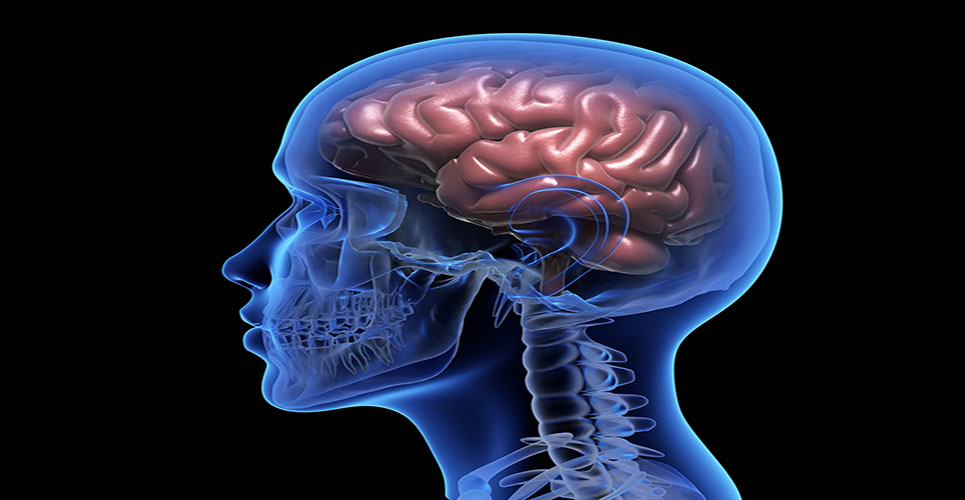teaser
The European Medicines Agency (EMA) has accepted the submission by Eisai of an application to extend the use of adjunctive epilepsy treatment Zonegran® (zonisamide) in the treatment of partial seizures (with or without secondary generalisation) to include children aged six years and above. A decision on this new licence extension application is expected in September 2012.
This submission was based on data from the double-blind, randomised, multicentre, placebo-controlled Phase III CATZ study, which showed that zonisamide is more effective than placebo, and well tolerated in paediatric epilepsy patients (6-17 years) with partial-onset seizures treated with one or two other anti-epileptic drugs.
Specifically, results showed that significantly more patients responded positively to treatment with zonisamide (50.5%) versus treatment with placebo (31.0%). Safety and tolerability assessments showed that the overall incidence of treatment-emergent adverse events (TEAEs) was similar for zonisamide (55.1%) and placebo (50.0%).
There were low rates of serious TEAEs in the zonisamide and placebo groups (3.7% vs 2.0%) and TEAEs leading to withdrawal from the study (0.9% vs 3.0%).
Zonisamide is a second generation anti-epileptic drug (AED) with multiple mechanisms of action and a chemical structure unrelated to other AEDs, which means it is unlikely to interact with other drugs.
Importantly, it has pharmacokinetic properties allowing for the clinical advantage of once-daily dosing after the titration phase.
Zonisamide was approved in Europe in 2005 as an adjunctive therapy in the treatment of partial seizures (with or without generalisation) in adults with epilepsy.
In July 2012, the EMA issued Marketing Authorisation Approval to extend the use of zonisamide to include monotherapy for the treatment of partial seizures (with or without secondary generalisation) in adults with newly diagnosed epilepsy.
The development of zonisamide underscores Eisai’s human health care mission, the company’s commitment to innovative solutions in disease prevention, cure and care for the health and well being of people worldwide.

